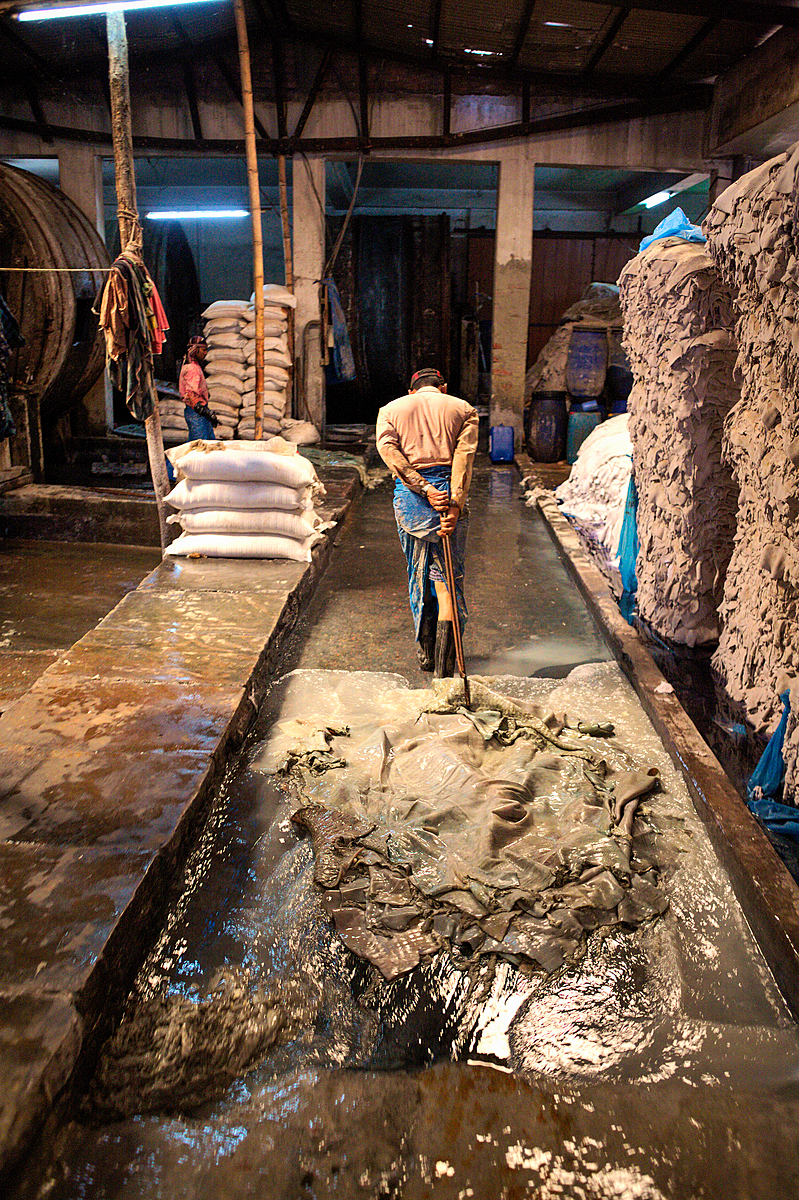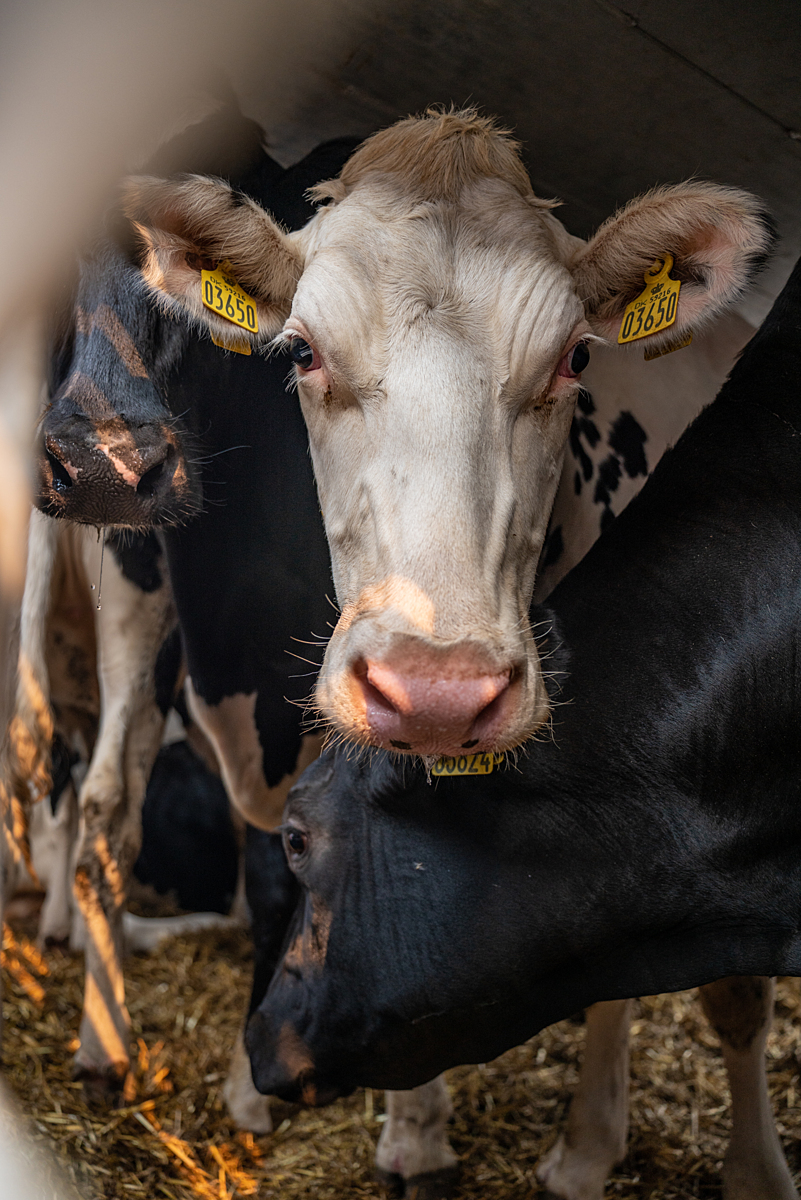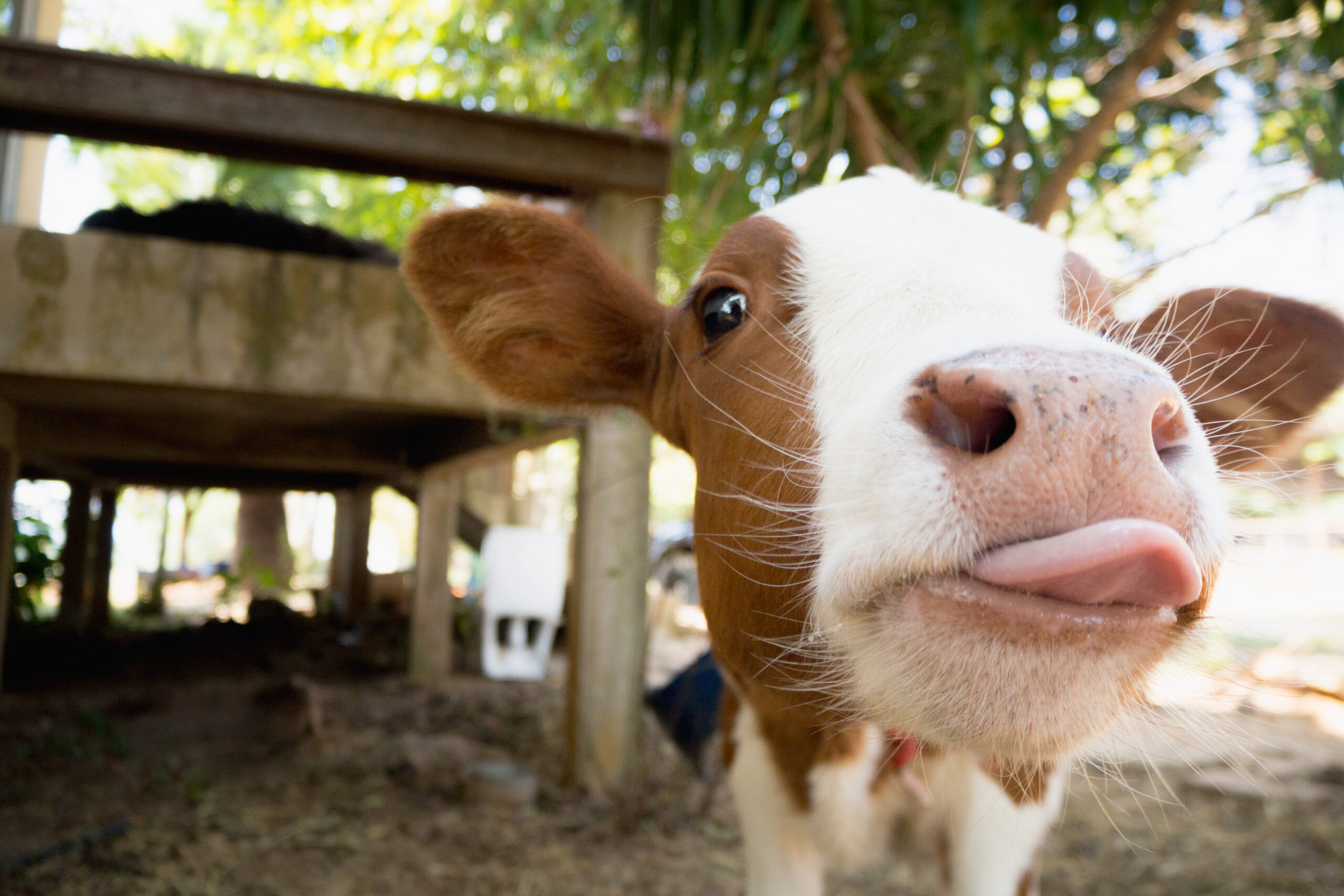We’ve probably all been there at some point: picking up a nice pair of leather shoes, and thinking, “Leather can’t be all that bad. It’s a byproduct, isn’t it? It’s making the most of a dead animal.” You’re not alone if you have. The “leather as a byproduct” claim is rife and intuitively seems to make sense. But to what extent do leather sales really support the meat industry, and could they play a more pivotal role in keeping it afloat than most of us assume? What will the implications be for the meat industry if we see a disruption of leather?
In this blog post we will be focusing on cow skin leather and the beef industry, over other animal leathers, since it makes up the largest portion of leather goods. Read on for insights into leather’s profit relationship with meat, and why consumers are poised to embrace next-gen materials.
Byproduct or Coproduct?
The global leather goods market alone is significant: it’s been estimated at anywhere between US$250 billion and US$407 billion and is projected to grow to US$743.50 by 2023. The global beef market is around $414 billion.

Image Credit: We Animals Media
Whilst it’s obvious that animals have to die for their skins to be made into leather, it’s assumed by many that leather is simply a waste-saving byproduct of the meat industries, not the primary motivator for slaughter. After all, about 95% of a cow’s profit comes from their meat and only 5% comes from leather. If we want to disrupt the animal industries, we should focus on the largest part of the market, shouldn’t we? While that’s a seemingly sound argument, when we scratch the surface we find something different – that a drop in leather sales could significantly destabilize beef. Here’s how.
Profits in the meat industry are notoriously slim and come from a range of animal-derived raw materials used across industries. In seeking to dismantle the meat industries, we don’t have to “replace every single thing that people value from a cow” as Pat Brown of Impossible Foods said, we just have to “replace enough of the profitable components of a cow to make it unprofitable to grow more cows.” Dr. Catherine Tubb, Senior Investment Analyst for Planet Tracker and former Senior Research Analyst at RethinkX (disruption experts), elucidates this in the context of next-gen materials:
“Materials will be a crucial part of this process because with many animals, cattle included, the raw materials needed for the materials industry makes up a significant portion of the value of the animal at the meatpacker. Profit margins in the beef cattle industry hover around 5%; it also happens to be that the hide is worth 5% of a slaughtered steer’s value. A complete disruption of the leather industry would mean zero demand for cattle hide and thus a 5% drop in the amount of money earned per animal––leaving the meatpacker profitless.”
Although a total and immediate disruption of cow leather is unlikely, a continuous decrease over time in the demand for cattle hides will carry serious consequences for farmer and meatpacker profits.

Image Credit: We Animals Media
Without the sale of leather, the cost of meat would have to increase significantly to make up for lost profits. Even just a reduction in cow skin sales can result in multi-million dollar losses for a slaughterhouse. Tubb explains that “If you take away the revenue contributed by, for example, leather, the cost of the cow falls on fewer components, pushing up prices. This in turn changes the cost equation for other next-gen materials and the effect can quickly magnify as individual components are substituted, in turn leaving less and less of the cow as a valuable output.
“Changes in the supply or demand of any one part affects the economics of all the other parts even if the products are supplying different industries. New technologies have the flexibility and adaptability to change these ratios immediately,” Tubb elaborates. This explains how, even though leather profits make up a marginal slice of cow-rearing profits, a decrease in them is destabilizing due to overall tight profit margins.
It should also be noted that some leather, such as exotic skins, comes from animals reared expressly for their skin and in no way can be considered a by-product. And demand for veal is low, meaning there aren’t enough calves to slaughter for their highly prized skin, and so obtaining hides becomes a primary motivator in raising these animals.
“Leather is not about minimizing waste, it’s about maximizing profit.”
– Emily Moran Barwick from bitesizevegan.org
Consumer and Industry Openness to Change Will Mean Easier Adoption of Next-Gen Materials
“Sounds intriguing,” you might say, “but what’s to say people will actually stop buying leather and choose an alternative?”

Image Credit: von Holzhausen
Effecting large-scale change in the materials industry may be easier than in the meat industry. Recent data shows a broad openness to next-gen materials, with 92% of consumers being moderately to highly likely to purchase them. Compared with a 52% openness towards alternative protein food products, the difference is clear. Furthermore, 78% are willing to pay the same or more for next-gen materials in a shopping scenario. See our latest consumer research here for more details.
The motivation behind this consumer psychology is not yet clear and requires further research but there are some plausible possible reasons. Given that materials are something we put on our body rather than in it, trying out a new technology in a shoe or a car seat is less daunting than in our food. We are culturally and biologically primed to be cautious of novel foods for the safety of our survival; with materials, there’s less risk. Food is ritualistic, deeply cultural and nostalgic. Textiles on the other hand, are rarely as consequential. The ubiquitousness of synthetic fibers such as polyester shows that the modern-day consumer is not wholly wedded to animal-based materials and has long since adopted innovation into their wardrobe – whether consciously or not.
Consumers generally appreciate novelty and improved functionality, and next-gen materials are designed to match or out-perform incumbent materials’ characteristics. Although the major driver of disruptions is largely economic, other factors can influence new-product adoption – such as novel attributes. Animal leather has its biological limitations, but next-gen materials don’t: any size (a lot of cow skins are wasted due to hide shapes), texture or color? It’s possible. A unique scent? It’s possible. Glow in the dark materials? Why not, other proteins in the natural world do it. “This is why, as soon as costs and capacity allow, these next generation products will capture market share quickly” says Tubb.

Image Credit: ISA Next-Gen Materials
The meat industry is remarkably vertically integrated, and is therefore invested at even the highest levels in the reliance of animals in the supply chain, at least in the medium-term. This is not the case in the materials industry. The industries that actually supply relevant products to consumers, such as the fashion, automotive, and home goods, have no stake in retaining animals in the supply chain, and have many reasons to move away from a reliance on animal products – many being environmental.
Given that materials are not ingested, there are also far fewer regulatory requirements, making it easier to get them to market. This is noteworthy when compared with food regulations for novel proteins.
Supporting Next-Gen Materials Is Impactful for Animals
The number of animals whose lives could be saved every year by transitioning to a next-gen materials economy is staggering. Of the approximately 3.7 billion non-insect animals killed for their skin, fur, hair, feathers, wool annually, around 314,458,444 are cows. Even a 10% drop in cattle reared would mean 31.4 million lives spared; a 50% drop would mean 157.2 million lives spared.
 Supporting the emerging next-gen materials industry could be a highly effective way of disrupting meat. Consumer and industry openness to them should allow a swifter path to meat industry disruption than alternative proteins. So far, few resources have been directed towards next-gen materials, so every dollar spent here will have a proportionally large impact. It requires relatively few resources in comparison with disrupting meat through alt protein, but as a bonus, shared technologies between next-gen materials and alt protein could expedite this process even more.
Supporting the emerging next-gen materials industry could be a highly effective way of disrupting meat. Consumer and industry openness to them should allow a swifter path to meat industry disruption than alternative proteins. So far, few resources have been directed towards next-gen materials, so every dollar spent here will have a proportionally large impact. It requires relatively few resources in comparison with disrupting meat through alt protein, but as a bonus, shared technologies between next-gen materials and alt protein could expedite this process even more.
Please support Material Innovation Initiative’s work as the first dedicated, data-driven accelerator of the next-gen materials industry here by donating to us, every gift helps us.
Browse our in-depth reports and research here to learn more about whitespaces, specific materials, the state of the next-gen industry and more.
Contact us if you are a brand, innovator or investor looking for guidance, at info@materialinnovation.org.
